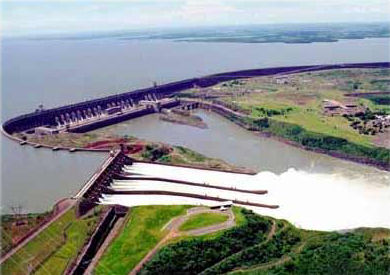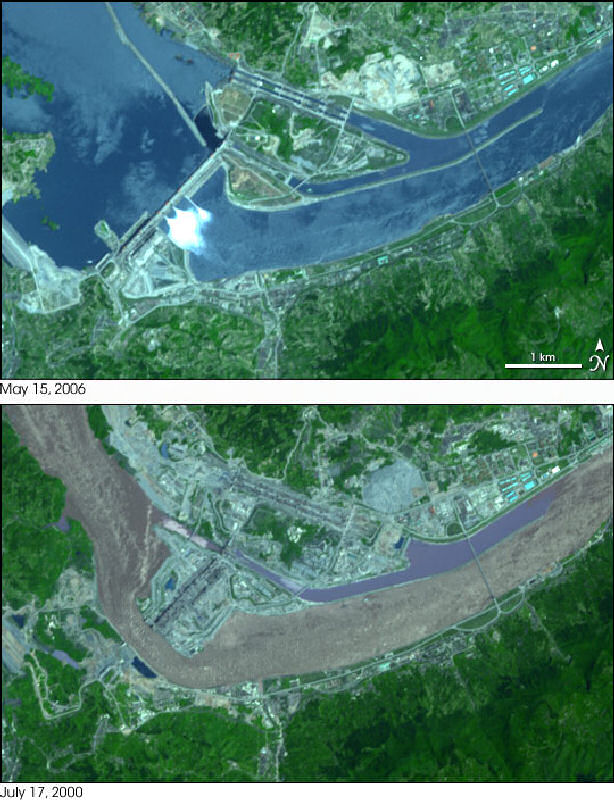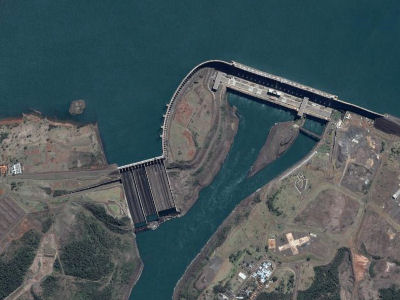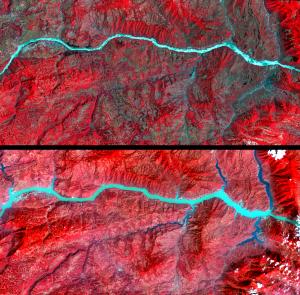2. Water Management
Hydroelectric Energy
By taking advantage of the movement of water in the rivers, people have managed to find a way to produce energy. The momentum of water as it flows down big rivers, can be used in order to produce electic energy.

Source: US Geological Survey (USGS)
Hydroelectricity is the most widely used form of a renewable energy. Even though there is no waste, hydroelectric power plants are not entirely environmentaly friendly. Because most of them require a reservoir to store water, decaying plant material in anaerobic conditions produces a small amount of greenhouse gases. Also, in some cases, the water that exits the dam comes from the lower depths of the reservoir (in order to exploit the high pressure). This water is a lot colder than surface water and the lower temperature may affect the biodiversity of the river and even alter the coastal currents near the delta where the river ends.
Hydroelectric power is also very popular in Norway. Approximately 99% of Norway's electricity comes hydroelectric plants (Economist, 2009). This allows the country to export oil and gas abroad, strenghtening its economy.
One example of a hydroelectric dam is the Itaipu Dam on the Parana River, along the border of Paraguay and Brazil. The dam was the largest hydroelectric plant in the world with a capacity of 14,000 MW, until the Three Gorges Dam was completed in China in 2009. The later is currently at a capacity of 22,500 MW.

Source: NASA
On the two images above, you can see the state of the Three Gorges Dam in central China, in 2006 and 2000. In the top image the last of the concrete was being poured into the dam, completing the structural part of the dam. The river naturally flows from the top left corner to the top right and you can see that the reservoir has already been formed. On the other hand, in the 2000 image the dam is not yet complete and the sediment is flowing freely in the river.
In addition to the energy production, the Three Gorges Dam will control the anual flooding of the river, which has caused many deaths in the previous years. On the other hand, however, there will be serious environmental issues. The reservoir is expected to fill up the two of the three gorges, and many people have already relocated to higher elevations or to a different location. On the false colour image below, you can see the increase of the reservoir level between the years 2001 and 2003.


